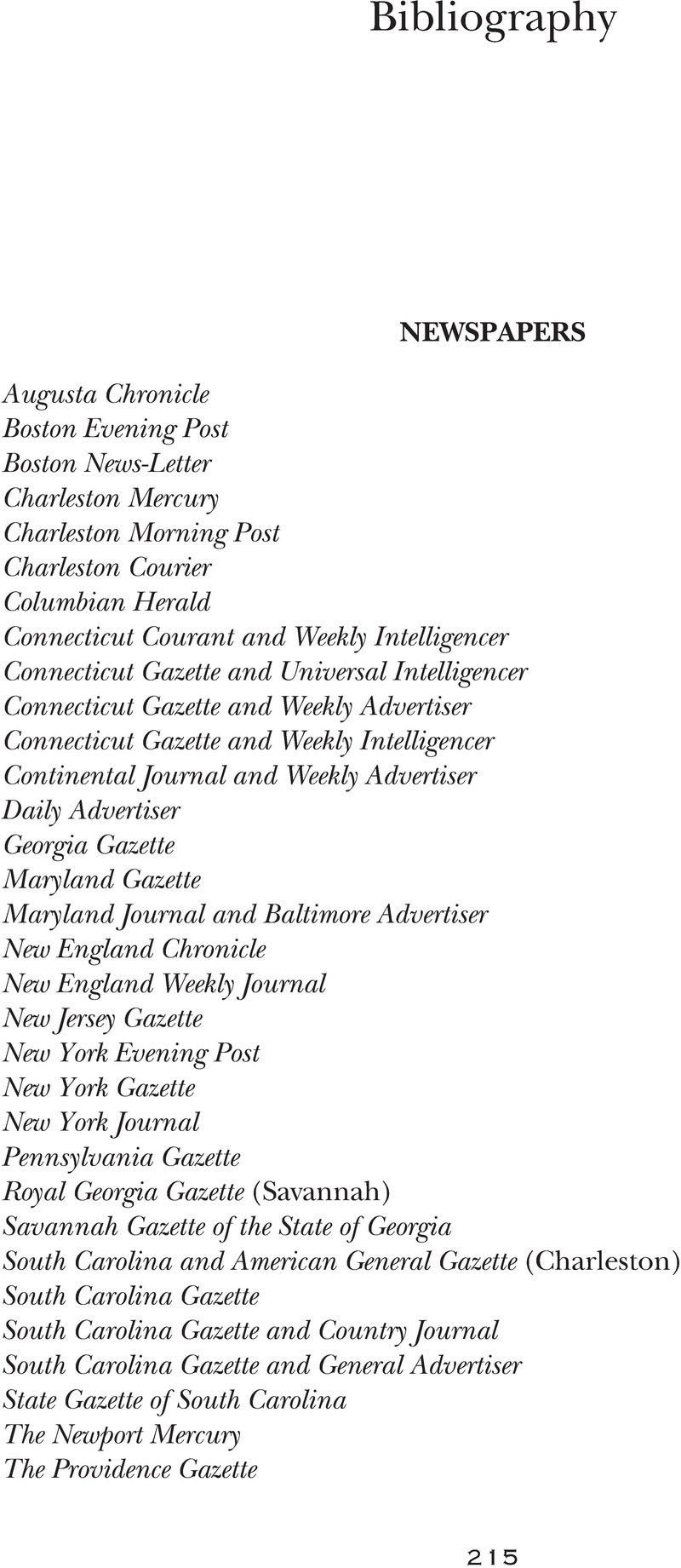Book contents
- Running from Bondage
- Running from Bondage
- Copyright page
- Dedication
- Contents
- Figures and Tables
- Introduction
- Chapter 1 “A Negro Wench Named Lucia”
- Chapter 2 “A Mulatto Woman Named Margaret”
- Chapter 3 “A Well Dressed Woman Named Jenny”
- Chapter 4 “A Negro Woman Called Bett”
- Chapter 5 Confronting the Power Structures
- Conclusion
- Appendix Fugitive Women Émigrés to Nova Scotia and Sierra Leone
- Acknowledgments
- Notes
- Bibliography
- Index
- References
Bibliography
Published online by Cambridge University Press: 01 July 2021
- Running from Bondage
- Running from Bondage
- Copyright page
- Dedication
- Contents
- Figures and Tables
- Introduction
- Chapter 1 “A Negro Wench Named Lucia”
- Chapter 2 “A Mulatto Woman Named Margaret”
- Chapter 3 “A Well Dressed Woman Named Jenny”
- Chapter 4 “A Negro Woman Called Bett”
- Chapter 5 Confronting the Power Structures
- Conclusion
- Appendix Fugitive Women Émigrés to Nova Scotia and Sierra Leone
- Acknowledgments
- Notes
- Bibliography
- Index
- References
Summary

Information
- Type
- Chapter
- Information
- Running from BondageEnslaved Women and Their Remarkable Fight for Freedom in Revolutionary America, pp. 215 - 230Publisher: Cambridge University PressPrint publication year: 2021
